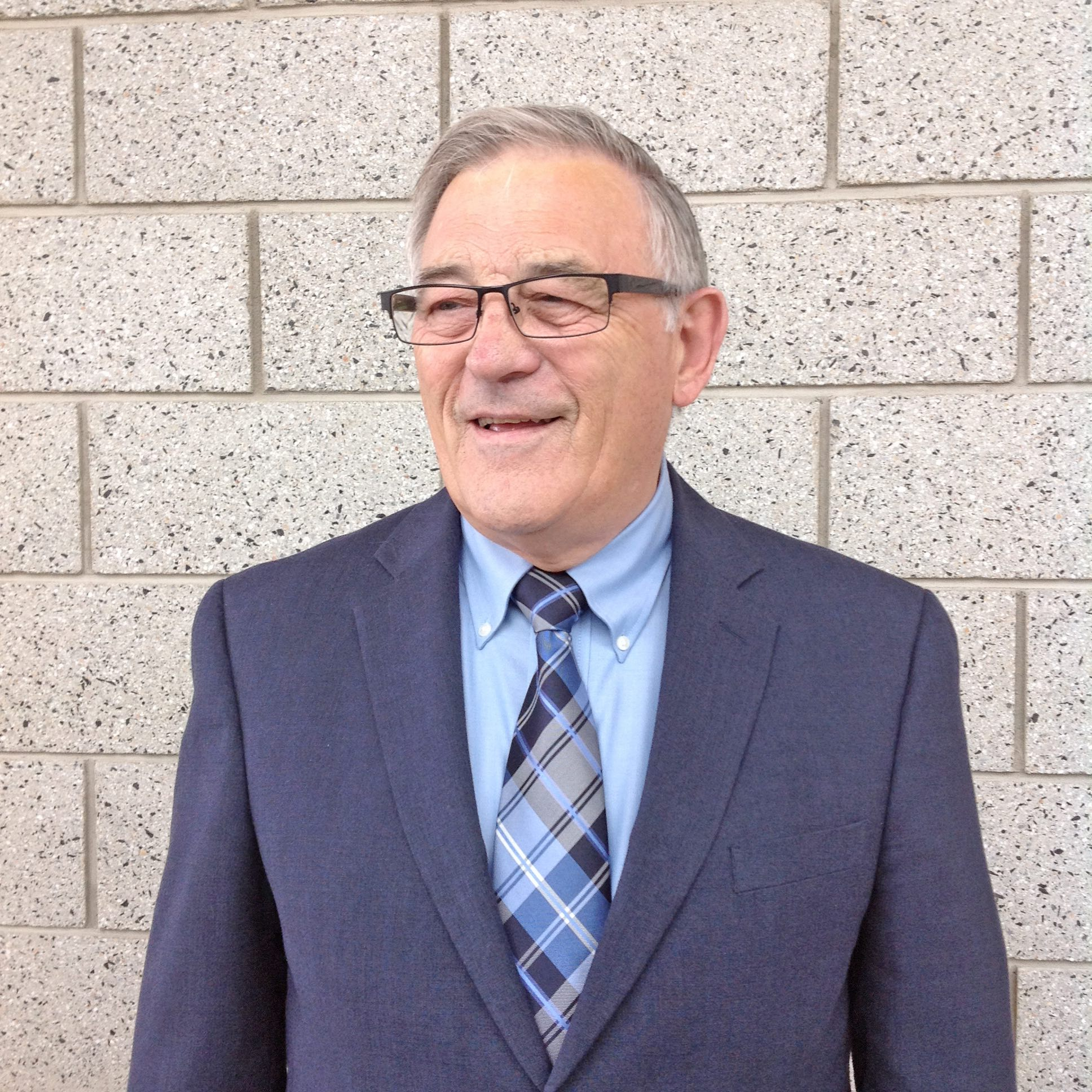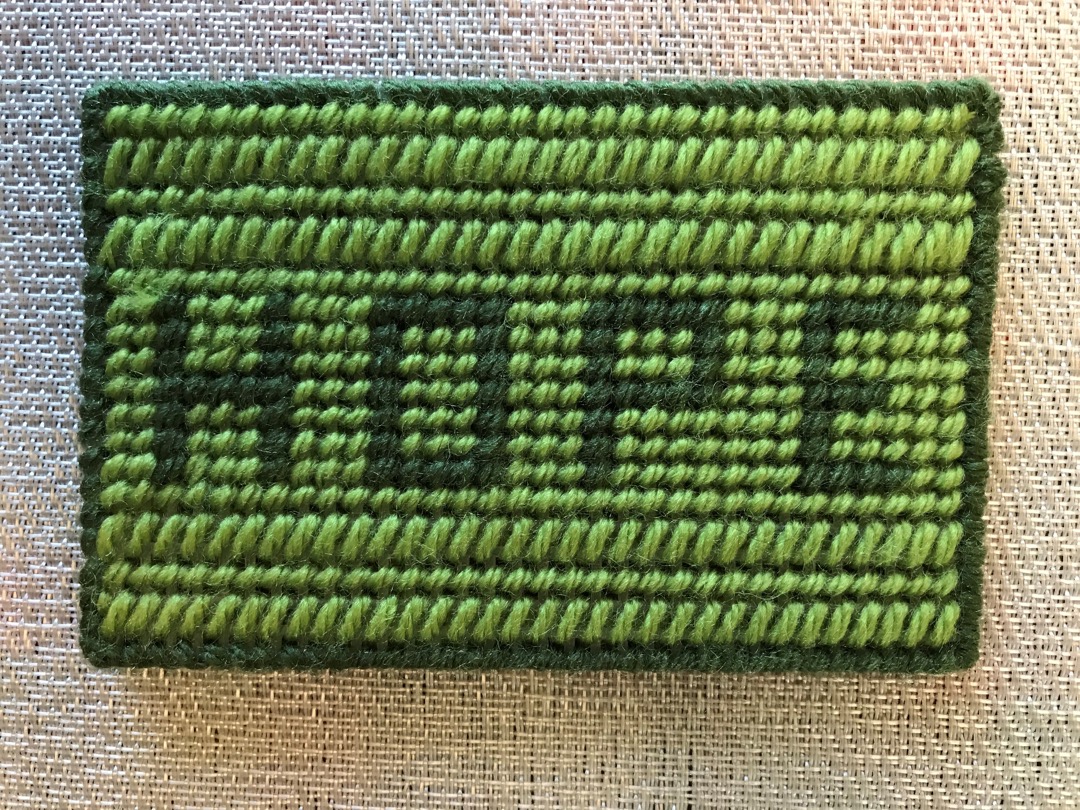 “There are strange things done in the midnight sun,” poet Robert Service penned beginning The Cremation of Sam McGee.
“There are strange things done in the midnight sun,” poet Robert Service penned beginning The Cremation of Sam McGee.
Sometimes strange things happen when preachers sermonize.
Like the morning I waxed eloquently (so I thought) about the Lord’s Prayer.
This rarely happens when preachers use the pulpit, but standing in the aisle, people can become so absorbed that anything can happen.
It happened to Jesus, so why not us?
She: I have a question.
Me (looking somewhat surprised): Yes?
She: Why do we need so many versions of the Lord’s Prayer?
Me (wondering how to answer her and get back to my sermon, with every eye focused on me): Let’s discuss it at coffee after the service.
We had a marvellous conversation.
Another morning, my sermon on hope triggered a similar encounter.
Standing in the aisle surrounded by pew sitters, I was tracking world happenings while explaining how we as God’s people need to believe in hope and bring it to reality.
I was illustrating High Hopes, a song written by Jimmy Van Heusen and Sammy Cahn, a story about never giving up when things seem impossible.
An ant hoped to down a huge rubber tree plant — an impossible task, voiced observers — until the sound of the plant hitting the ground heralded a hope achieving fruition.
Similarly, a ram wanted to poke a hole in an enormous dam. “Impossible!” shouted the masses, until water trickled between their toes flowing from a “billion-kilowatt dam”.
Then I caught sight of somebody waving from the pew. He handed me his handiwork, embroidered with the word HOPE. “I’ll explain later”, he mouthed.
Later he explained, “HOPE is the acronym for Have One Positive Experience”.

Perhaps that is the essence of hope.
I watched a Roman Catholic pastor in Florida surveying the devastation of their church, parish hall and rectory caused by hurricane Michael. Wearing another priest’s shirt and collar because his was lost in the storm, he viewed the mangled debris and commented reassuringly, “we are more than optimistic; we are hopeful for the future.”
The same hope motivated millions to leave their countries, navigate deadly seas, walk through treacherous lands and cross unfriendly borders to have one positive experience.
They are living examples of what Archbishop Desmond Tutu meant, “Hope is being able to see that there is light despite all of the darkness.”
Physicist Albert Einstein suggested we, “learn from yesterday, live for today, hope for tomorrow.”
Paul, noting early Christians were encountering hostile circumstances – challenges, struggles, hatred – wrote, “suffering produces perseverance; perseverance, character; and character, hope.”
According to the gospel writers, Jesus rarely spoke the actual word, yet his whole life, message and purpose were founded on hope.
However, the New Testament letter writers, especially Paul, more than compensated.
He wrote we are saved by hope, we hope for eternal life and we should be joyful in hope.
Contemporary hymn writer Marty Haugen described the church as a place where all are welcome because it is “built of hopes and dreams and visions.”
Bishop Susan, speaking at her “seating”, echoed similar hopeful expectations. Even though, she said, today’s world may be a tough place to be the church, it is not the end, because it is God’s church and God has us.
My Facebook friend Jan responded this way: “Hope means knowing things work out for the good and that Jesus’ words are true (not being given more than I can handle).”
The last words come from Emily Dickinson …
“Hope is the thing with feathers
That perches in the soul,
And sings the tune without the words,
And never stops at all.”
(In his letter to the Corinthian Church, Paul wrote, “these three remain, faith, hope and love”. HOLLIStorial explored Faith in November, Hope this month and will start 2019 with Love in January.)
Hope – an exercise
What about you?
Here are some questions about hope for you to ponder in the quiet of your minds while sitting in your comfortable location.
Firstly: think about these questions …
- What does hope mean for you?
- How does hope fit into your own life?
- How does hope fit into the future for you, your family, your church, your community and your world?
- How do we deliver hope to the hopeless?
Secondly: you may want to share your hopes with the Niagara Anglican (contact information below).
Thirdly: memorise these words from the prayer attributed to St. Francis of Assisi, and use it often over the coming days …
“Lord, make me an instrument of your peace,
Where there’s despair (sadness, illness, violence, other), let me bring hope”.
These three remain – Faith, Hope
Sometimes strange things happen when preachers sermonize.
Like the morning I waxed eloquently (so I thought) about the Lord’s Prayer.
This rarely happens when preachers use the pulpit, but standing in the aisle, people can become so absorbed that anything can happen.
It happened to Jesus, so why not us?
She: I have a question.
Me (looking somewhat surprised): Yes?
She: Why do we need so many versions of the Lord’s Prayer?
Me (wondering how to answer her and get back to my sermon, with every eye focused on me): Let’s discuss it at coffee after the service.
We had a marvellous conversation.
Another morning, my sermon on hope triggered a similar encounter.
Standing in the aisle surrounded by pew sitters, I was tracking world happenings while explaining how we as God’s people need to believe in hope and bring it to reality.
I was illustrating High Hopes, a song written by Jimmy Van Heusen and Sammy Cahn, a story about never giving up when things seem impossible.
An ant hoped to down a huge rubber tree plant — an impossible task, voiced observers — until the sound of the plant hitting the ground heralded a hope achieving fruition.
Similarly, a ram wanted to poke a hole in an enormous dam. “Impossible!” shouted the masses, until water trickled between their toes flowing from a “billion-kilowatt dam”.
Then I caught sight of somebody waving from the pew. He handed me his handiwork, embroidered with the word HOPE. “I’ll explain later”, he mouthed.
Later he explained, “HOPE is the acronym for Have One Positive Experience”.
Perhaps that is the essence of hope.
I watched a Roman Catholic pastor in Florida surveying the devastation of their church, parish hall and rectory caused by hurricane Michael. Wearing another priest’s shirt and collar because his was lost in the storm, he viewed the mangled debris and commented reassuringly, “we are more than optimistic; we are hopeful for the future.”
The same hope motivated millions to leave their countries, navigate deadly seas, walk through treacherous lands and cross unfriendly borders to have one positive experience.
They are living examples of what Archbishop Desmond Tutu meant, “Hope is being able to see that there is light despite all of the darkness.”
Physicist Albert Einstein suggested we, “learn from yesterday, live for today, hope for tomorrow.”
Paul, noting early Christians were encountering hostile circumstances – challenges, struggles, hatred – wrote, “suffering produces perseverance; perseverance, character; and character, hope.”
According to the gospel writers, Jesus rarely spoke the actual word, yet his whole life, message and purpose were founded on hope.
However, the New Testament letter writers, especially Paul, more than compensated.
He wrote we are saved by hope, we hope for eternal life and we should be joyful in hope.
Contemporary hymn writer Marty Haugen described the church as a place where all are welcome because it is “built of hopes and dreams and visions.”
Bishop Susan, speaking at her “seating”, echoed similar hopeful expectations. Even though, she said, today’s world may be a tough place to be the church, it is not the end, because it is God’s church and God has us.
My Facebook friend Jan responded this way: “Hope means knowing things work out for the good and that Jesus’ words are true (not being given more than I can handle).”
The last words come from Emily Dickinson …
“Hope is the thing with feathers
That perches in the soul,
And sings the tune without the words,
And never stops at all.”
(In his letter to the Corinthian Church, Paul wrote, “these three remain, faith, hope and love”. HOLLIStorial explored Faith in November, Hope this month and will start 2019 with Love in January.)
Hope – an exercise
What about you?
Here are some questions about hope for you to ponder in the quiet of your minds while sitting in your comfortable location.
Firstly: think about these questions …
Secondly: you may want to share your hopes with the Niagara Anglican (contact information below).
Thirdly: memorise these words from the prayer attributed to St. Francis of Assisi, and use it often over the coming days …
“Lord, make me an instrument of your peace,
Where there’s despair (sadness, illness, violence, other), let me bring hope”.
Keep on reading
Starting Fresh: Spiritual Resolutions for a Faith-Filled 2026
The Holly Bears a Berry
It’s the Trying That Matters: A Life Lived in Love
Order of Niagara Honours Vital Lay Ministry
Rooted and Growing: Celebrating Four Years of the Niagara School for Missional Leadership
The Manger and the Rule: A Benedictine Lens on Christmas